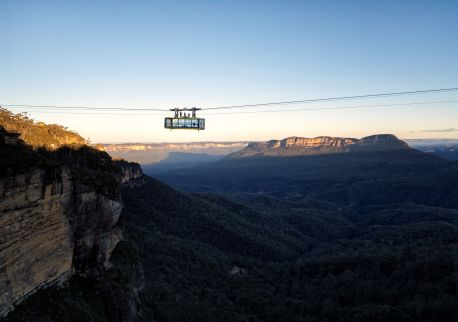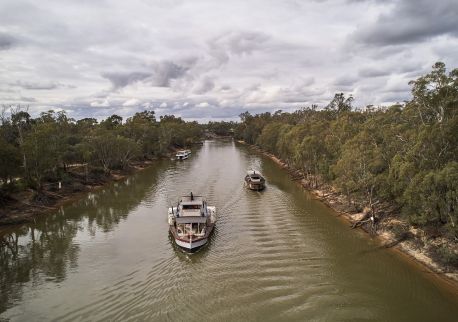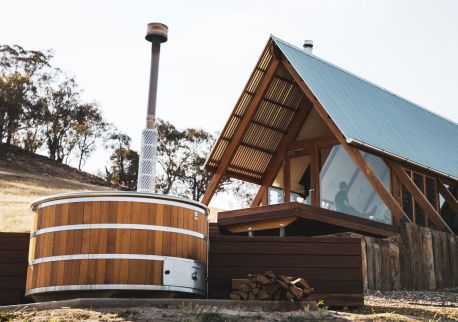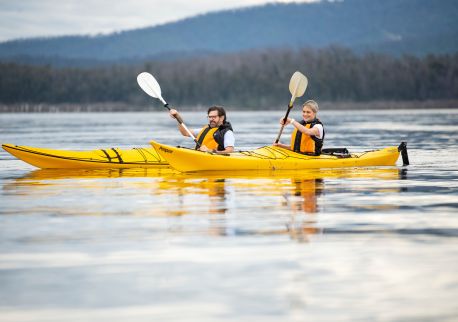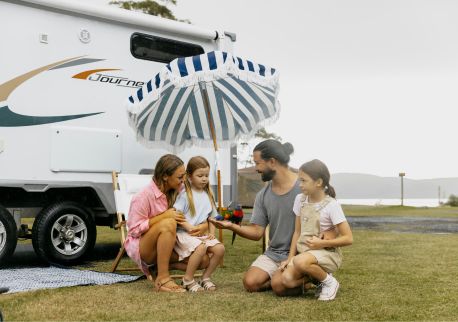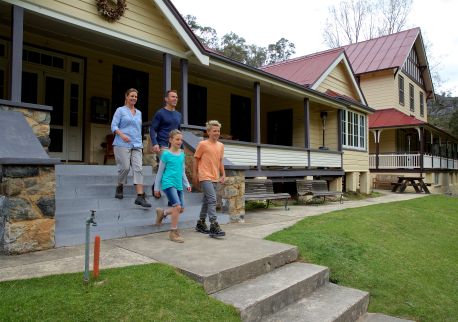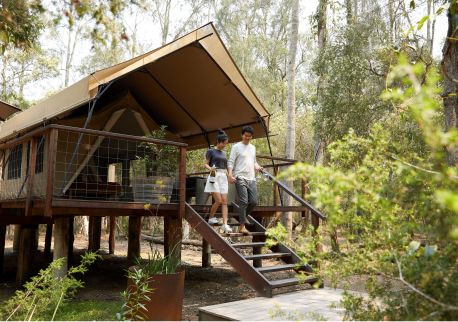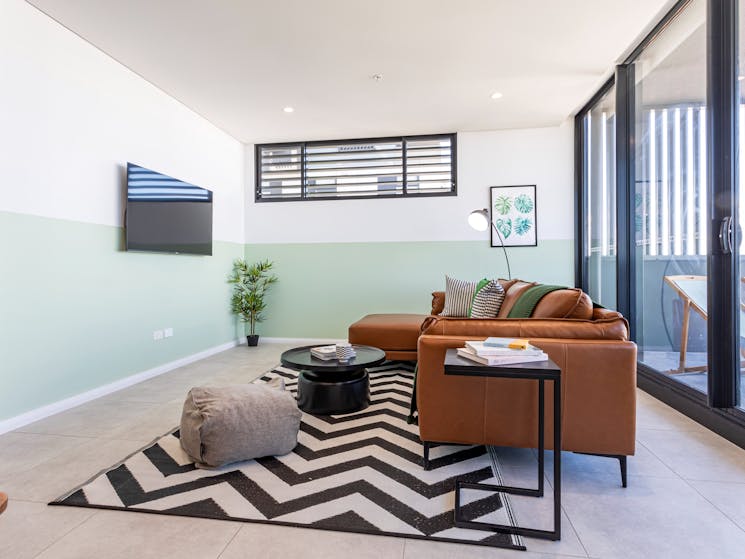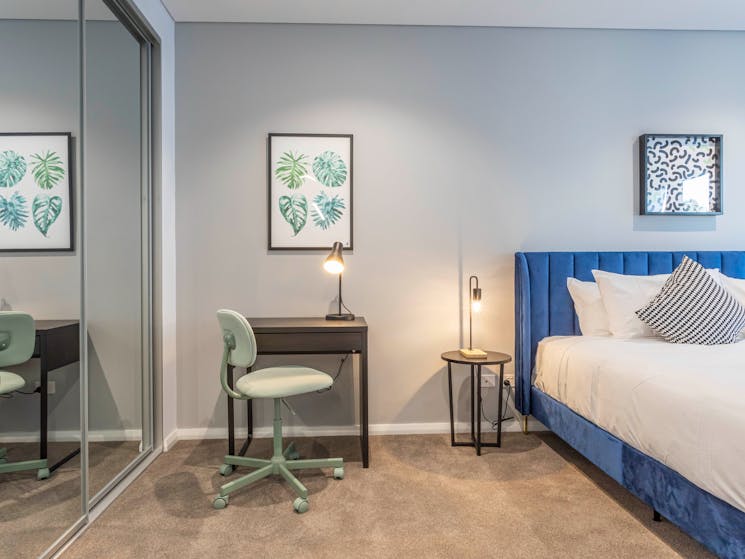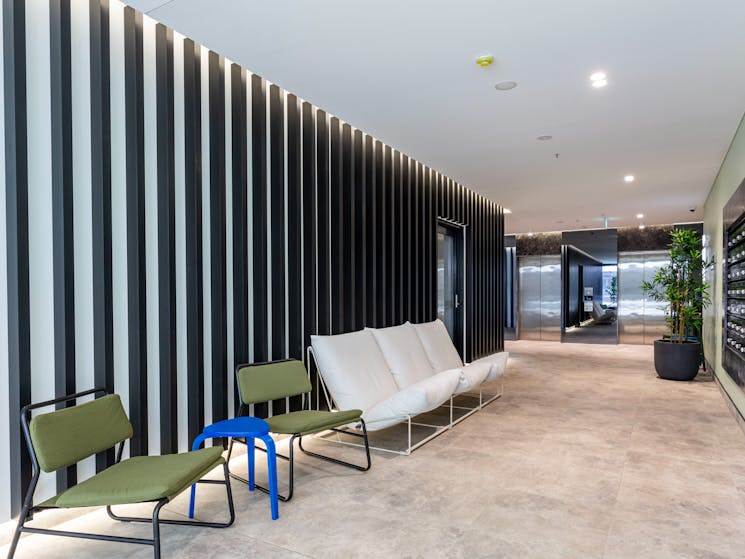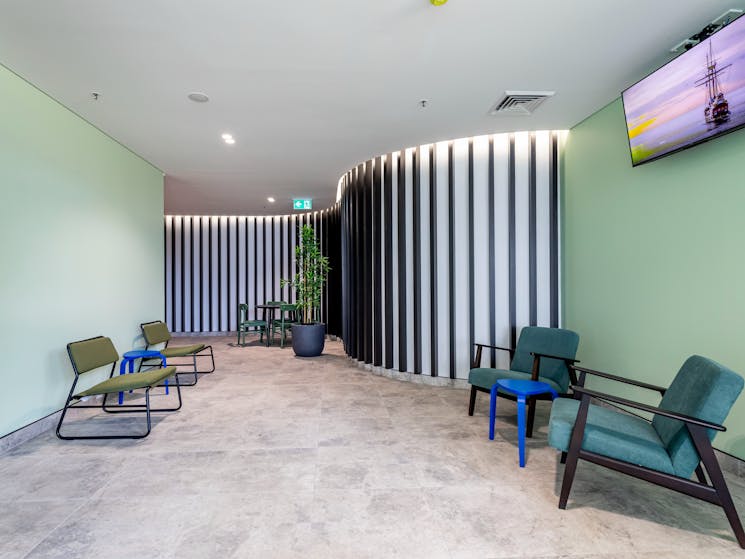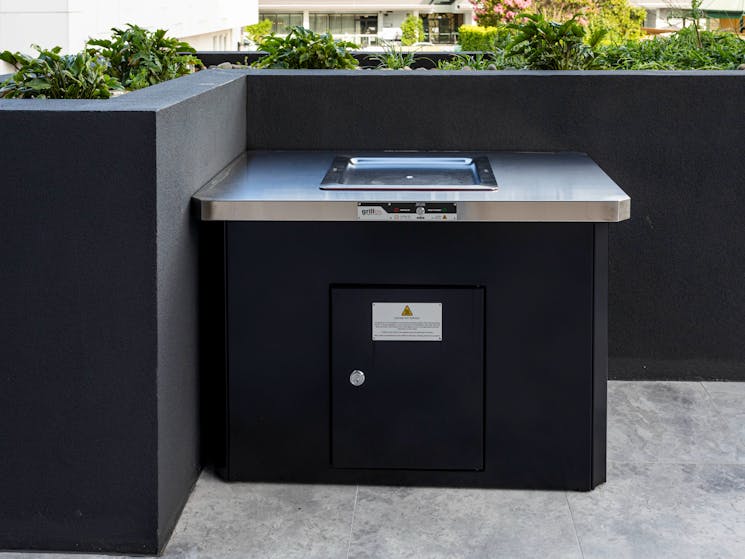Kula Apartments Wollongong
Overview
Kula Apartments in Wollongong provide a digitized modern living experience where digital sophistication meets familiar comfort. This 14-story architectural masterpiece offers more than just a building; it’s a statement in contemporary living.
Nestled in the heart of Wollongong, Atchison Street is close to essential amenities, the beach, hospital, university, and train stations. It provides easy access to the central business district, WIN Stadium, restaurants, cafes, shopping and key entertainment areas. Despite its proximity to the hustle and bustle, it provides a peaceful haven for residents and visitors alike.
With a modern and global vibe marked by close attention to detail, Kula offers an ideal home base for business and leisure travellers to Wollongong. Specially designed to help guests seamlessly transition between work and play, our apartments are characterized for combining comfort and convenience.
Keyless Technology: The building boasts a meticulous design with the latest keyless technology for seamless access.
Amenities include: Fully-equipped kitchen, professional housekeeping (long stays), smoke detector, elevator access, wheelchair access, on-site parking, contactless check-in, smart TV, complimentary toiletries, fresh linens & towels, and more.
Accessibility
A quiet space is available at the venue/ facility
Actively welcomes people with access needs.
Allow space around toilet for a wheelchair (A space of at least 900mm width beside the toilet pan and 1200mm clearance in front of the toilet pan is required)
Ask all visitors if there are any specific needs to be met
Caters for people who are blind or have vision loss
Caters for people who use a wheelchair.
Caters for people with sufficient mobility to climb a few steps but who would benefit from fixtures to aid balance. (This includes people using walking frames and mobility aids)
Have a lever handle on the door (easier to use)
Have accessibility information and photos, including of a bathroom, room and/or floor plan on your website (can be emailed on request)
Have an accessible public toilet which is unlocked
Have at least one wheelchair accessible parking space with wheelchair accessible signage clearly displayed (International standards are 3200mm wide x 2500 mm high)
Have doorways which are easy to open and have lever handles (doorways 850mm or wider when open and not heavy)
Have handrails on all your stairways
Have lifts with enough space for people using a mobility aid to enter and turn around to use the lift buttons. Buttons are at accessible height.
Have step free access to room (Entrance to the room wheelchair accessible with step free greater than 5mm or has a doorway threshold ramp not exceeding 1:8 for 450mm length)
Have step free outdoor pathways (includes picnic areas, barbecues and shelters)
Have wheelchair accessible picnic tables (picnic tables require 720mm knee clearance and 800mm maximum height)
Have wheelchair accessible transport options available in the general vicinity (provide information on name of the operator, phone and website link to individual providers for private vehicles, community transport train, mini vans, hire cars, buses, taxis, ferry, tram, light rail etc in your access statement)
Offer a range of contact methods for receiving complaints
Offer multiple options for booking - web, email, phone
Provide a choice of wheelchair accessible accommodation rooms (Guest may wish to know if you have a choice of wheelchair accessible rooms, such as single room / studio apartment / apartment / cottage / quality / views, etc. Wheelchairs require a 1600mm x 2200mm width area to turn around and require step free access.)
Provide seating in common areas including reception area
Provide wheelchair access to spa/gym
Train your staff in customer service for people with vision loss (training would incorporate way finding and communicating with people with vision loss)
Train your staff in disability awareness
Use Plain English / easy read signage and information (includes menus and emergency information)
Welcomes and assists people who have challenges with learning, communication, understanding and behaviour. (includes people with autism, intellectual disability, Down syndrome, acquired brain injury (ABI), dyslexia and dementia)

